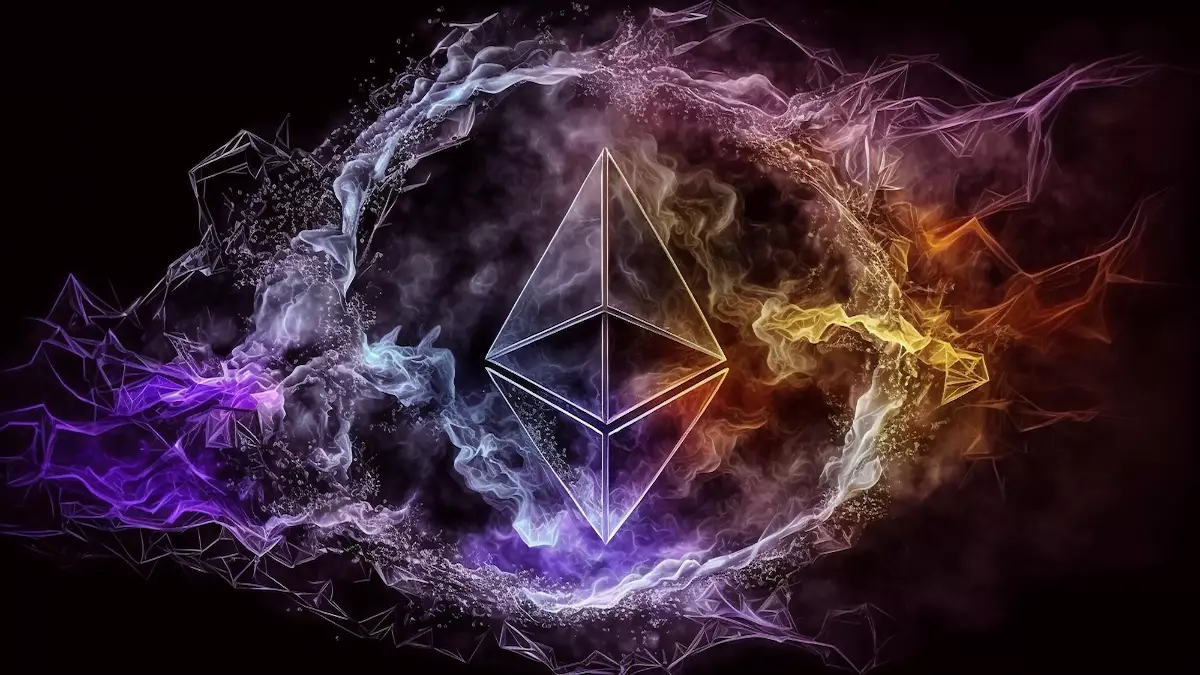Gas fees on the Ethereum network have experienced a significant decline in recent times. On October 8, 2023, the average gas fee recorded was 8.8 Gwei, the lowest it had been since October 2, 2022, when it was 8.4 Gwei. This decline can be attributed to a decrease in user engagement across various platforms and applications.
The Role of NFT Trading in Gas Fee Reduction
One notable factor contributing to the decline of gas fees is the decrease in activity in the NFT sector. The Ethereum network has been heavily reliant on NFT trading volumes, but since the beginning of the year, there has been a substantial decrease in these volumes. With fewer transactions being executed on the network, the demand for transaction processing has decreased, leading to lower gas fees.
Another significant contributor to the decline in gas fees is the decrease in activity of Telegram trading bots. These bots gained popularity during the second quarter of 2023 but experienced a decline in activity at the beginning of October. Their contribution to transaction volumes on the Ethereum network cannot be overlooked, and the reduction in their activity directly influences gas fees.
Reduction of Gas Consumption by Major Entities
The decline in gas fees is not confined to NFT trading and Telegram trading bots alone. Even heavyweight entities on the Ethereum network, such as Uniswap, 1inch, and MetaMask, have witnessed double-digit drops in gas consumption in the past week. Additionally, major gas spenders like Binance and Coinbase, as well as layer-2 networks like Arbitrum, Optimism, and Base, have reduced their gas expenditure by 30% compared to the previous week.
It is worth noting that Ethereum transitioned to an inflationary state at the start of September 2023, coinciding with the decline in gas fees. A recent report shows that the amount of Ethereum burned hit its lowest point for the year, with only 7,084 ETH being burned on a Monday. This reduction in gas fees and the subsequent inflationary state of Ethereum have broader implications for the network’s economic model.
Implications and Economic Shifts
The recent trend of declining gas fees and reduced activity on DeFi platforms, NFT marketplaces, and other applications marks a significant shift in the dynamics of the Ethereum network. Stakeholders and participants in the Ethereum ecosystem need to closely monitor this development as it could herald further economic shifts in the near future.
Ethereum’s Changing Supply and Economic Model
The decline in gas fees has resulted in a change in Ethereum’s economic model. Currently, the supply of Ethereum is growing at a rate of approximately 1,450 ETH daily, which is equivalent to about $2.2 million worth of Ethereum. This inflationary state and increased supply highlight the network’s close dependence on its activity and gas fees.
The decline in gas fees on the Ethereum network is a clear indication of reduced user engagement across various platforms and applications. The decrease in NFT trading volumes, the decline in activity of Telegram trading bots, and the reduction in gas consumption by major entities have all contributed to this trend. Stakeholders and participants in the Ethereum ecosystem should closely monitor these developments, as they may signal further economic shifts in the future.


Leave a Reply